Optimal Timing for Fitness Equipment Moves
Timing is an important factor in fitness equipment moving and packings to ensure safety, efficiency, and minimal disruption. Optimal periods typically include off-peak seasons, such as late fall and winter, when gym usage tends to decrease. Planning during these times can reduce inconvenience and allow for smoother transitions.
Late fall and winter months often see reduced gym activity, making them ideal for moving and packing fitness equipment with minimal interruption.
Weekdays during business hours are preferable for commercial moves, while weekends may suit residential relocations better.
Dry and mild weather conditions reduce risks associated with moving heavy equipment outdoors.
Aligning moves with scheduled facility closures or renovations can facilitate smoother transitions.

Indoor moves minimize exposure to weather and reduce logistical challenges.
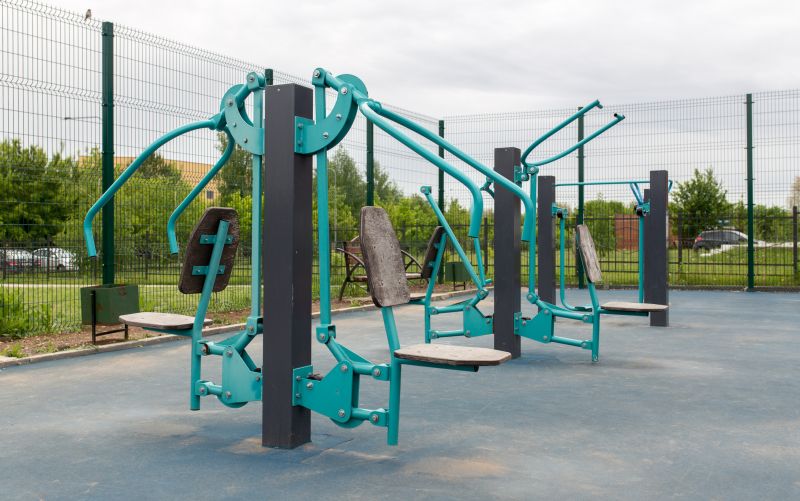
Outdoor packing requires consideration of weather and terrain conditions.
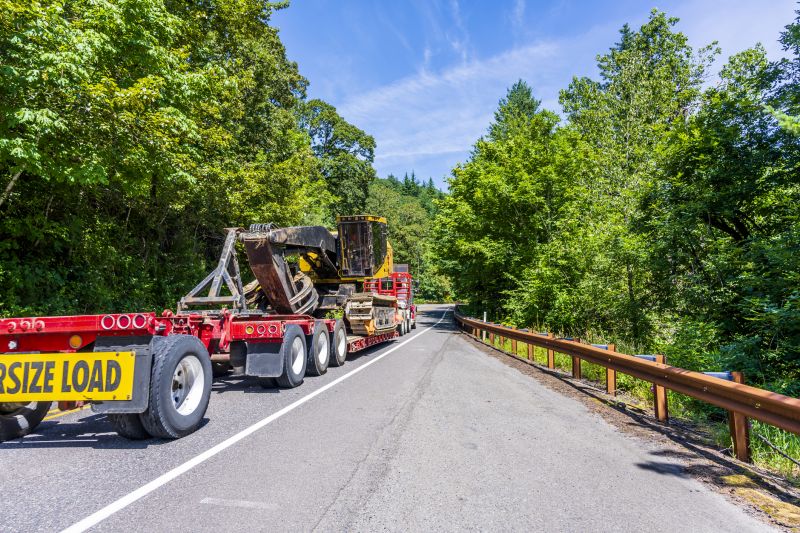
Efficient loading and unloading are crucial for minimizing equipment damage.
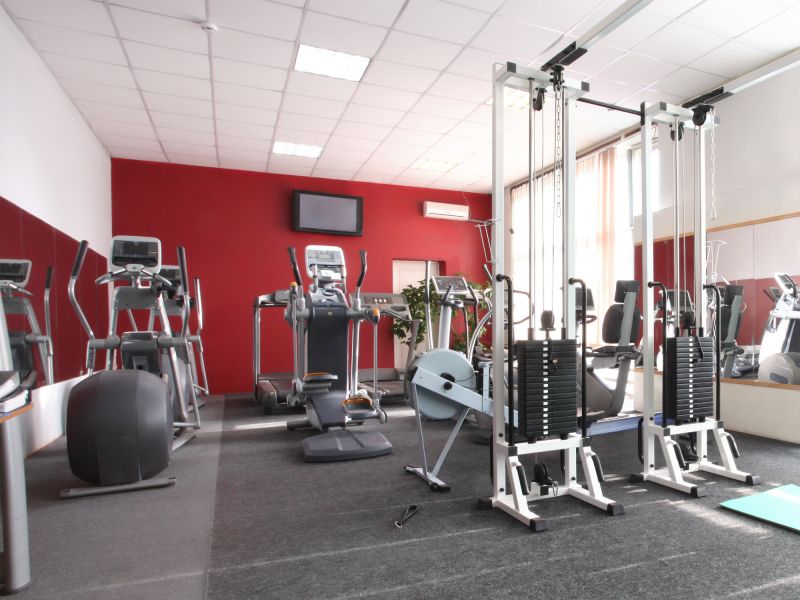
Ways to make Fitness Equipment Moving And Packings work in tight or awkward layouts.
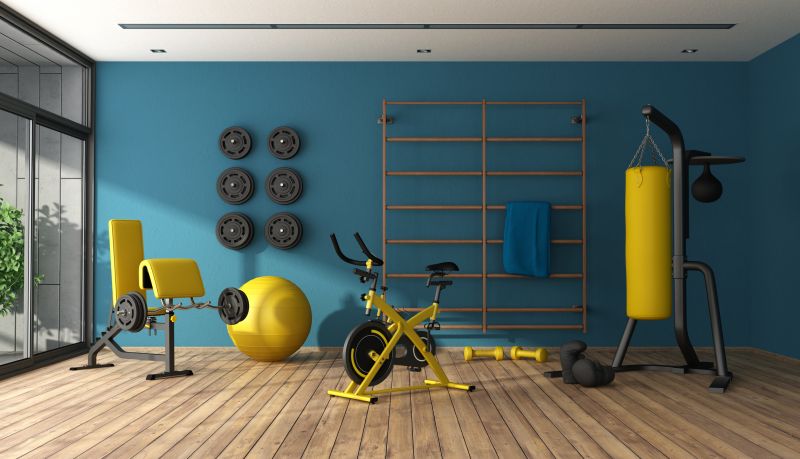
Popular materials for Fitness Equipment Moving And Packings and why they hold up over time.
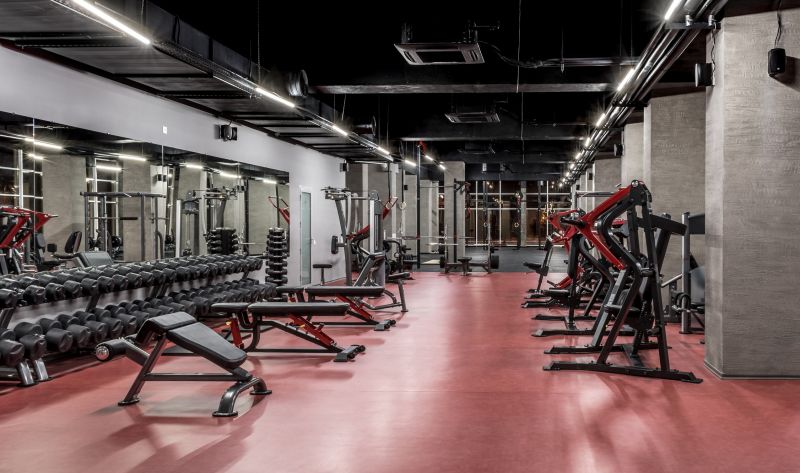
Simple add-ons that improve Fitness Equipment Moving And Packings without blowing the budget.
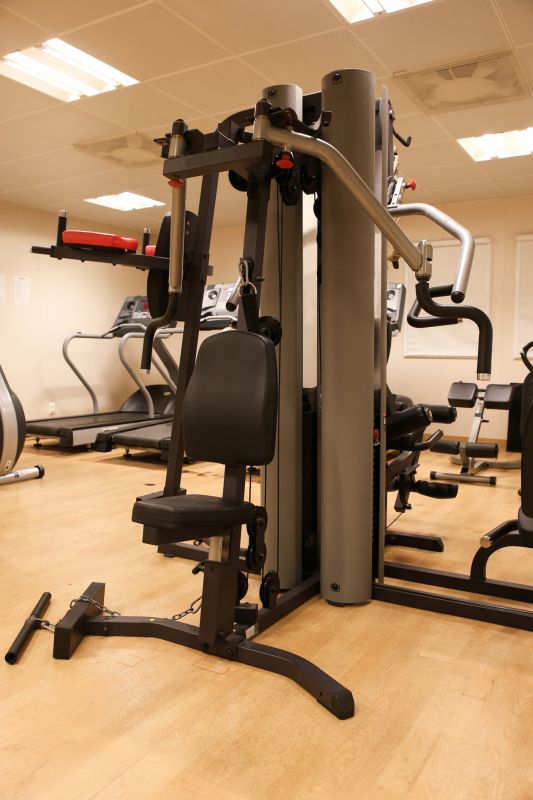
High-end options that actually feel worth it for Fitness Equipment Moving And Packings.
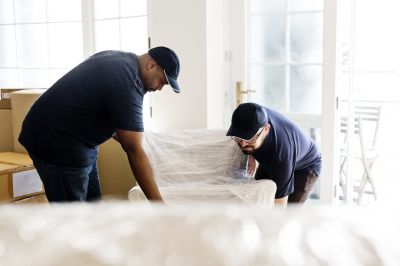
Finishes and colors that play nicely with Fitness Equipment Moving And Packings.
| Timing Factor | Details |
|---|---|
| Seasonality | Late fall and winter are generally less busy for fitness facilities. |
| Weather Conditions | Mild, dry weather reduces logistical challenges. |
| Facility Schedule | Coordinate with facility closures or low-traffic periods. |
| Lead Time | Allow adequate planning and preparation time. |
| Type of Move | Residential or commercial moves may have different optimal times. |
| Availability of Movers | Schedule during periods with high availability of moving professionals. |
Fitness equipment moving and packings involve careful planning to prevent damage and ensure safety. Proper techniques, appropriate packing materials, and experienced personnel contribute to successful relocations. Statistics indicate that planning ahead can reduce moving time by up to 30%, and proper packing can decrease equipment damage by 25%. The complexity of fitness equipment, including weight, size, and sensitivity, necessitates specialized handling procedures.
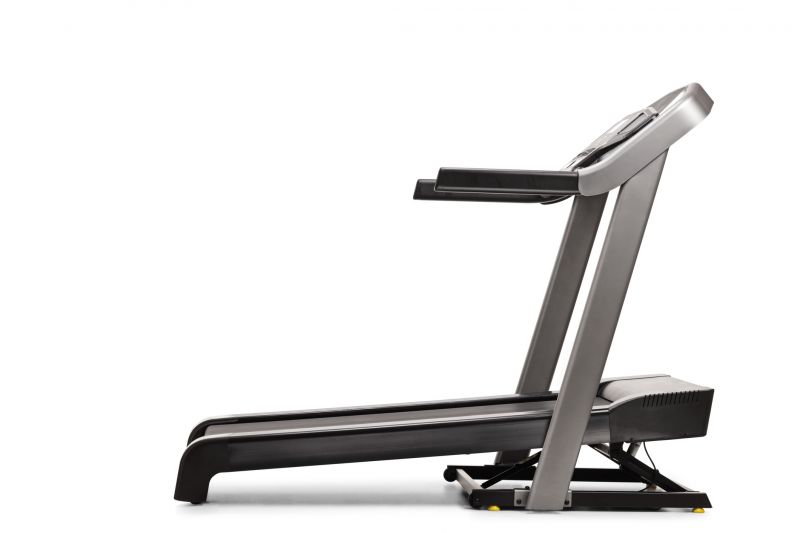
Specialized equipment and techniques are used to prevent damage.
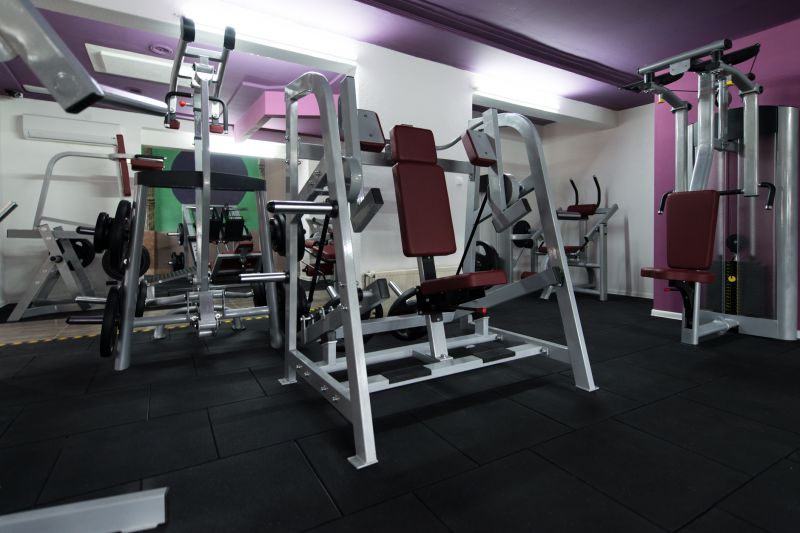
Disassembly reduces size and facilitates safer transport.
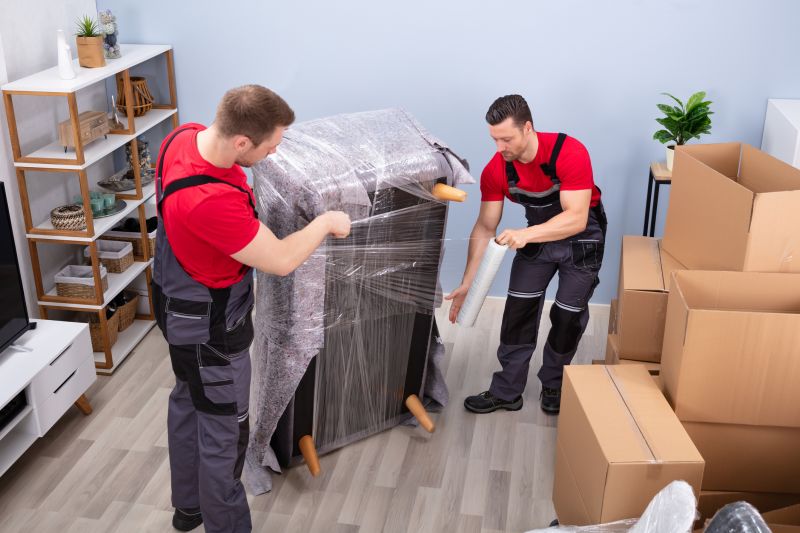
Padding and wrapping materials safeguard equipment during transit.
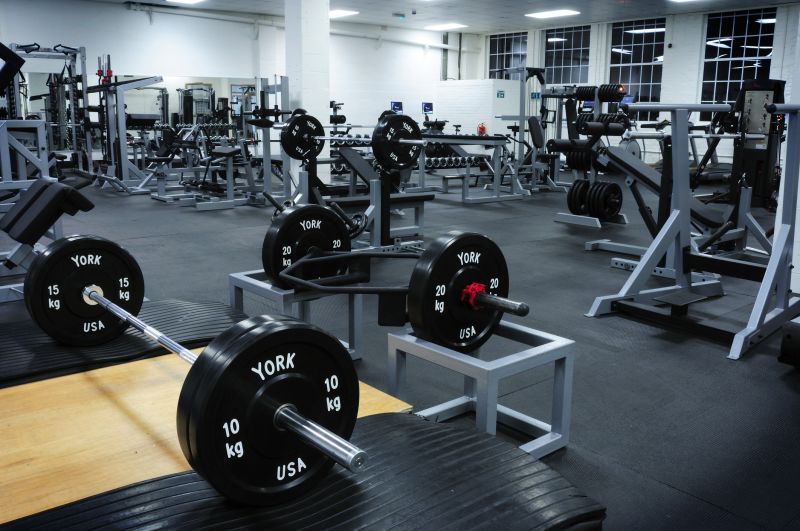
Proper loading techniques optimize space and stability.
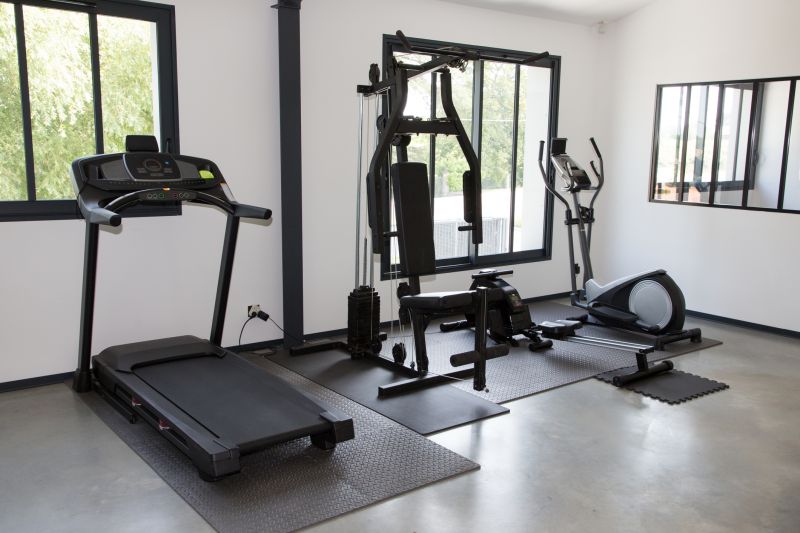
Little measurements that prevent headaches on Fitness Equipment Moving And Packings day.
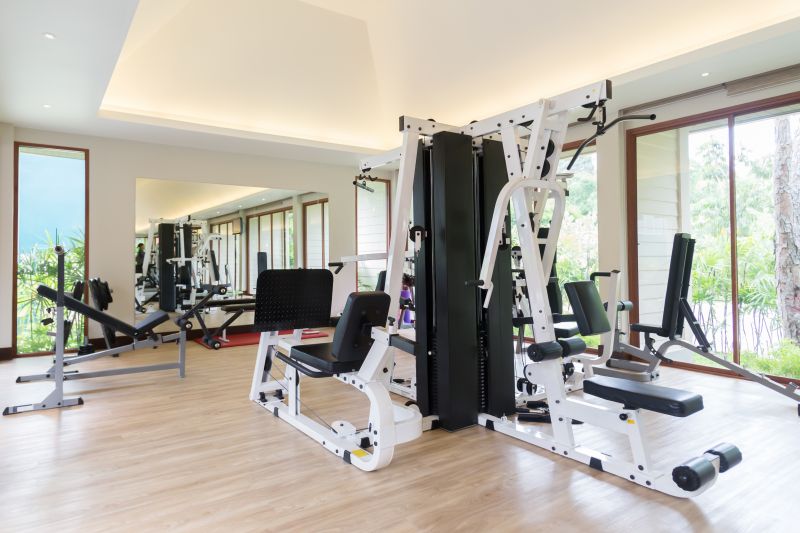
A 60-second routine that keeps Fitness Equipment Moving And Packings looking new.
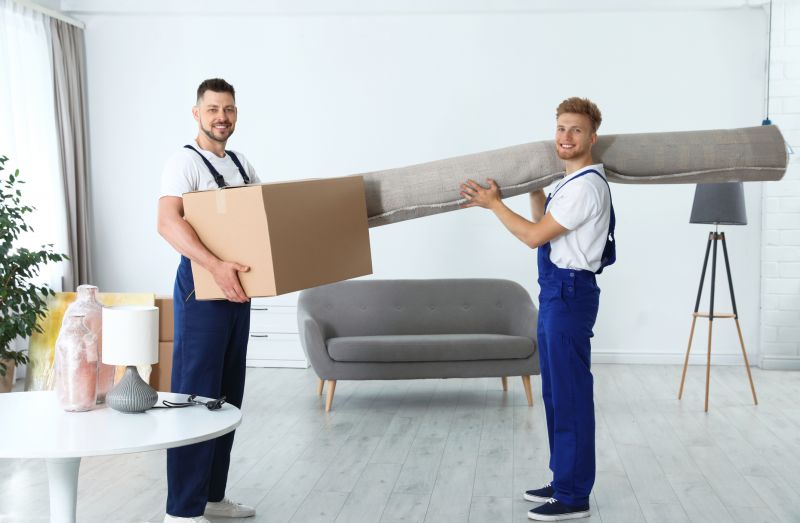
A frequent mistake in Fitness Equipment Moving And Packings and how to dodge it.
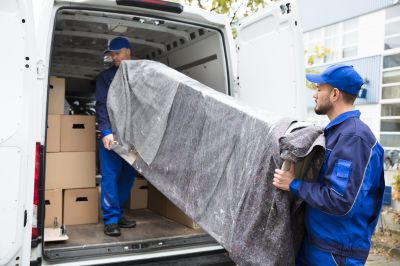
Small tweaks to make Fitness Equipment Moving And Packings safer and easier to use.
Interested parties are encouraged to contact for detailed planning and scheduling assistance. Proper timing, preparation, and handling are essential for a successful fitness equipment move. Filling out the contact form can provide tailored solutions that meet specific needs and timelines.
